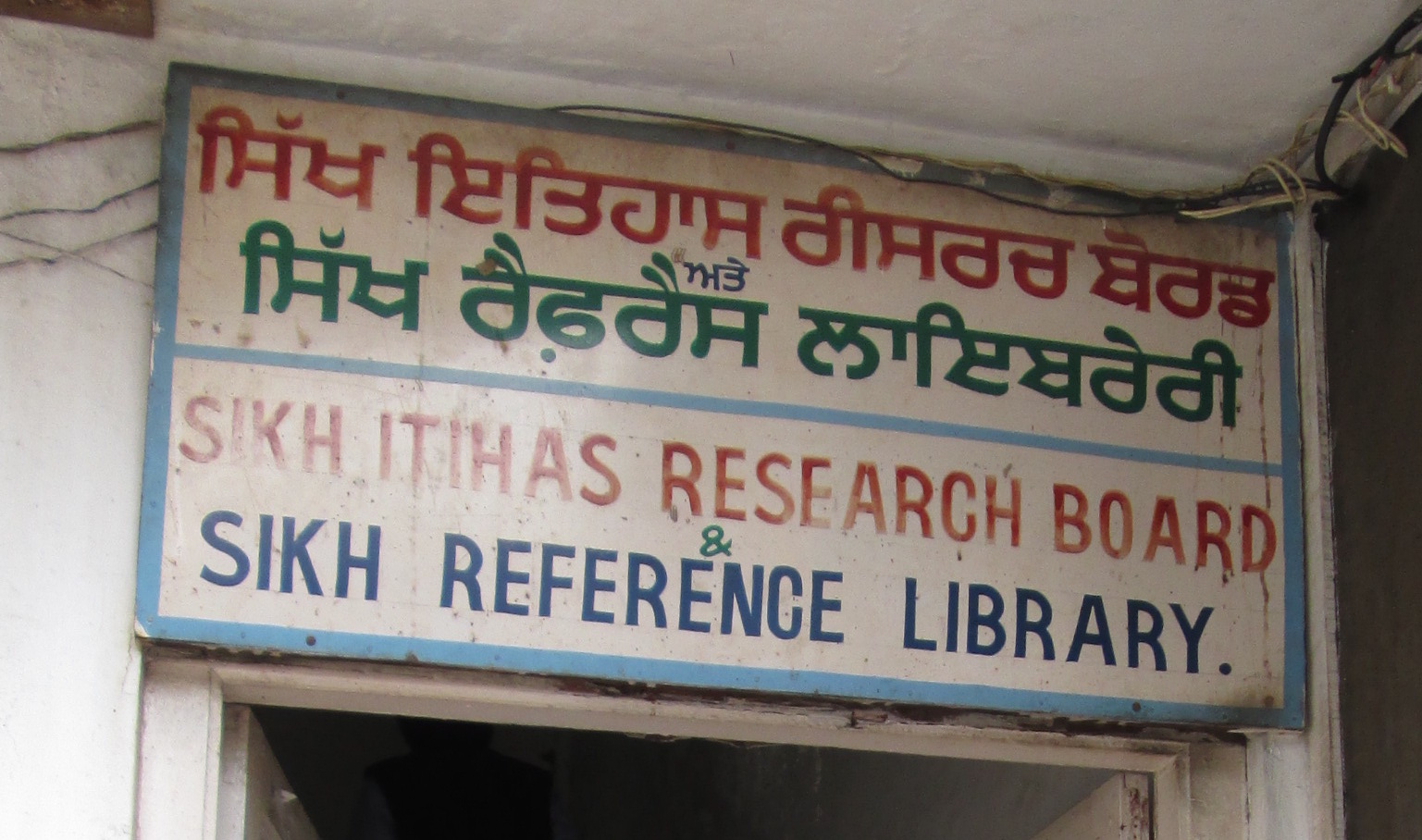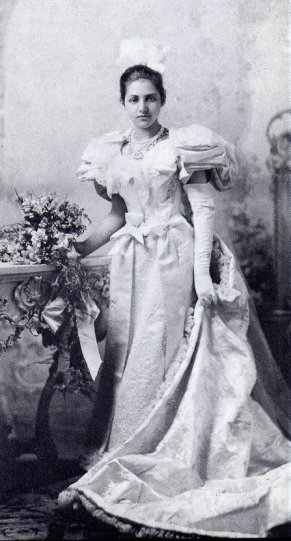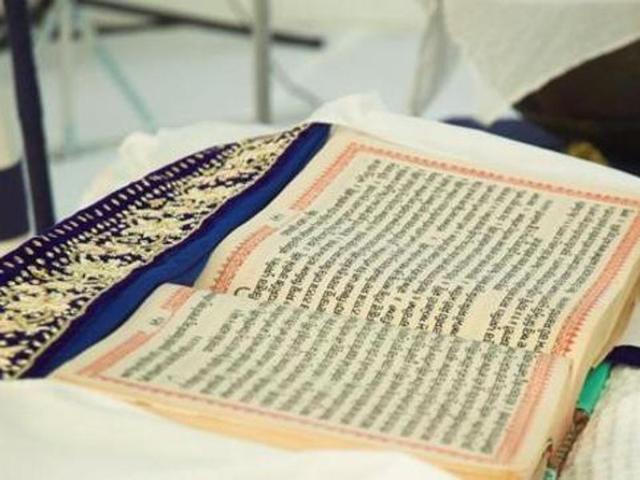How The Golden Temple’s Amazing Library of Rare Manuscripts Was Revived
Once nearly destroyed, Golden Temple's Sikh Reference Library is now a modern and up-to-date repository with double the number of rare books that it had originally!

Founded in 1577 by the Sikh guru, Guru Ram Das, Amritsar is home to Sikhism’s holiest shrine and one of India’s most beautiful edifices, the Golden Temple. With an exquisitely gilded central shrine, a serene Sarovar (sacred pool) and collonaded marble arcades reverberating with the chants of Shabad Gurbani, this iconic gurudwara offers a tranquil experience that remains with you long after you’ve left.
Harmandir Sahib (as the Golden Temple is also known) is also home to one of the biggest community kitchens in the world, that provides simple, wholesome and free meals to around 75,000 people on an average day.
However, few people know that the gleaming temple complex also houses a unique library of rare manuscripts called the Sikh Reference Library.

Established in 1946 by the Shiromani Gurdwara Parbandhak Committee (SGPC), the Sikh Reference Library had its roots in a 1945 meeting of the Sikh Historical Society presided over by Princess Bamba – the eldest daughter of Maharaja Duleep Singh, the last ruling family of the Sikh Empire.
A storehouse of over 1,500 one-of-their-kind manuscripts, the library’s collection included hukmnamas (edicts bearing signatures of revered Sikh Gurus), some manuscripts of the Guru Granth Sahib (like Adi Bir and Damdami Bir) and a few documents related to India’s freedom struggle.
Unfortunately, the library was nearly destroyed by a fire during Operation Bluestar in 1984. However, thanks to the efforts of a dedicated group of people, it is now a modern and up-to-date repository with double the number of rare books that it had originally!

After the SGPC issued a request for the recovery of rare books and documents, people from across the country started donating books, documents and manuscripts related not just to Sikhism but to Indian culture at large too. Prominent individuals on this list were Prof. Surjit Singh, Prof. Parkash Singh, and historian Sangat Singh (who donated 3,000, 450 and 750 books respectively), according to a statement by librarian Bagicha Singh to the Hindustan Times.
Also donated were many unusual age-old birs. Transcribed copies of the Guru Granth Sahib, birs contain a wealth of literary and historical information about religious history in the making. Many of them have handmade illustrations of gurus, historical gurudwaras and rare paintings as well as the replicas of scriptures written in the personal handwriting of seven Sikh gurus, making them sacrosanct for the Sikhs and priceless for the rest of the world.
Some examples of extremely rare birs are the Kartarpur bir ( the original Adi Granth, written by the fifth Sikh Guru Arjan Dev), the Shahidi bir of Nankana Sahib and the illuminated bir at Takhat Sri Hazur Sahib.

SGPC complemented these priceless donations by shifting books from other libraries run by them (such as the Guru Ram Das Library) to the Sikh Reference Library. The library also got photocopies of other rare books from the National Library (in Kolkata) and Punjabi University (in Patiala). This led to a rise in the number of the books from 13,125 in 1984 to 24,540 in 2017!
From 2008, the SGPC has been working to digitise the library’s entire collection and technical experts have already completed more than 15% of the work (around 400 books and documents).
The library has its own studio with hi-tech cameras, scanners and other equipment. Experts convert six books into PDFs every day.

The Sikh Reference Library has also installed a treatment plant with a fumigation chamber to prevent the time-worn papers from being affected by the elements or insects.
With the number of books and documents continuing to increase, SGPC now plans to move the library from its original location ( a tiny, two-storey building) to a new building (closer to the Golden Temple) that it’s constructing expressly for this purpose. Also on cards is the construction of an exhibition hall where rare manuscripts of Guru Granth Sahib will be put up for public display.
Like this story? Or have something to share? Write to us: [email protected], or connect with us on Facebook and Twitter.
NEW: Click here to get positive news on WhatsApp!
If you found our stories insightful, informative, or even just enjoyable, we invite you to consider making a voluntary payment to support the work we do at The Better India. Your contribution helps us continue producing quality content that educates, inspires, and drives positive change.
Choose one of the payment options below for your contribution-
By paying for the stories you value, you directly contribute to sustaining our efforts focused on making a difference in the world. Together, let’s ensure that impactful stories continue to be told and shared, enriching lives and communities alike.
Thank you for your support. Here are some frequently asked questions you might find helpful to know why you are contributing?


This story made me
- 97
- 121
- 89
- 167











